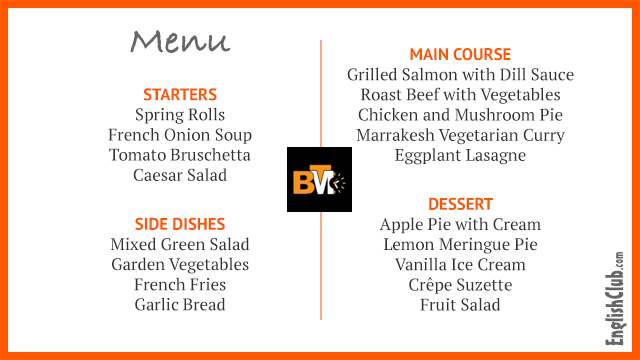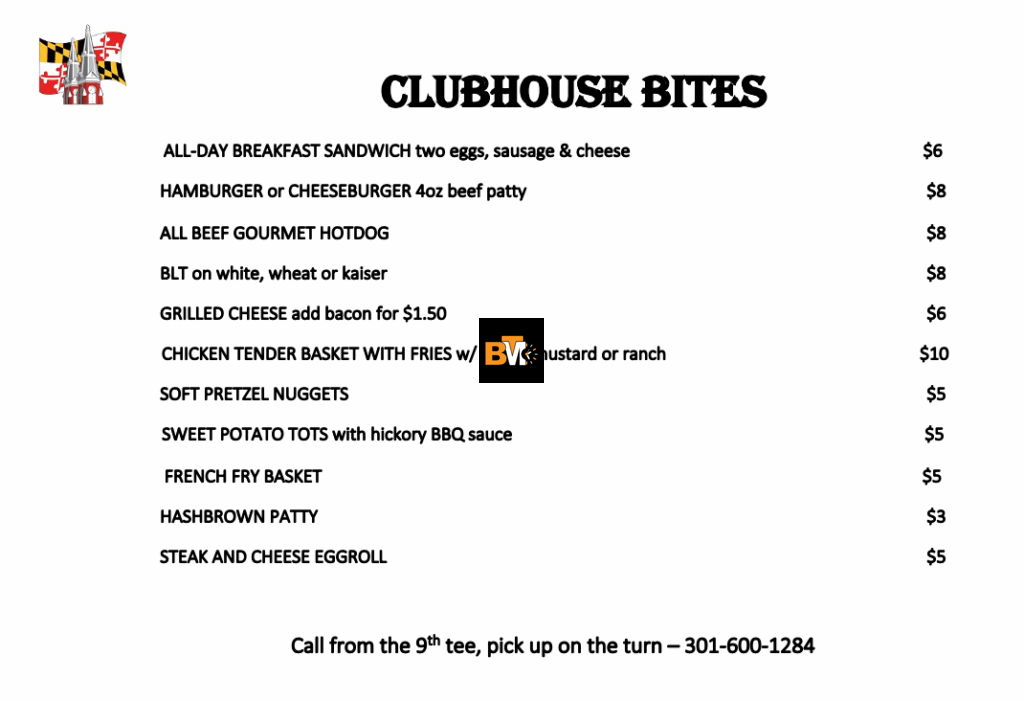When planning a special dinner, many people wonder how to make the meal feel more complete and impressive. That’s where the idea of a 5 course meal comes in. It might sound fancy, but it’s easier than you think! This guide will show you simple 5 course menu examples anyone can create at home. With tasty ideas and easy-to-find ingredients, you’ll learn how to build a dinner that feels like fine dining—without any stress.
What Is a 5 Course Meal?
A 5 course meal is a structured dining experience that includes five separate dishes, each served in a particular order. These are usually: a starter (or appetizer), a soup or salad, the main course, a dessert, and something small to finish, like cheese or fruit.
This dining style comes from French traditions but is now popular all over the world, especially for special events like anniversaries or holidays. A five course dinner menu gives your guests a variety of flavors and textures, keeping the meal interesting from start to finish.
Whether you’re dining out or cooking at home, knowing what each course is—and what kind of food fits—can help you build the perfect evening.
Why People Love 5 Course Meals
People enjoy 5 course meals because they turn dinner into an experience. Instead of just eating one plate of food, each course adds something new. It also gives you time to talk, relax, and enjoy the moment between courses.
Also, course meals make even a casual night feel special. You don’t need a special occasion—just a bit of planning. Serving five different courses allows you to showcase your cooking skills and experiment with new recipes. Plus, they’re ideal for picky eaters, as you can offer a little of everything.
Simple 5 Course Menu Examples for Home
You don’t need to be a chef to create a delicious 5 course dinner at home. With just a little preparation and the right ideas, you can easily impress your family or guests. Below are simple 5 course menu examples that work for different needs—from classic American tastes to quick weekday meals.

Classic American 5 Course Meal
This menu uses traditional American flavors that most people know and love.
- Starter: Deviled eggs or mini sliders
- Soup: Creamy tomato soup with basil
- Main Course: Grilled steak with mashed potatoes and green beans
- Dessert: Apple pie with vanilla ice cream
- Final Bite: A small cheese plate or grapes
This kind of menu is great for family gatherings or a cozy Sunday dinner. It combines familiar tastes with a formal structure.
Kid-Friendly 5 Course Menu
Want your kids to enjoy the meal too? Try this fun and tasty 5 course menu that children will love.
- Starter: Cheese sticks or fruit kabobs
- Soup/Salad: Chicken noodle soup
- Main Course: Mac and cheese with mini meatballs
- Dessert: Brownie bites or ice cream sundaes
- Final Bite: A small cookie or gummy candy
Keep the portions small and fun. Let kids help choose each item to get them excited about eating all five courses.
Quick 5 Course Dinner Ideas
Short on time but still want to serve five courses? Here’s a quick and easy menu that takes less than an hour to make.
- Starter: Hummus with pita chips
- Soup/Salad: Mixed green salad with vinaigrette
- Main Course: Baked salmon or rotisserie chicken with rice
- Dessert: Chocolate pudding or yogurt parfait
- Final Bite: A square of dark chocolate or a mint
This meal uses easy ingredients you can find anywhere and keeps prep to a minimum. It’s perfect for busy weeknights or last-minute plans.
How to Plan Your Own 5 Course Meal at Home
Planning your own 5 course meal at home is easier than it sounds. First, pick a theme or style—like Italian, vegetarian, or comfort food. Next, write down dishes that fit each course. Choose foods that go well together but also offer different textures and flavors.
Make a shopping list and prep as much as you can in advance. For example, soups and desserts can often be made a day ahead. Keep portion sizes small so no one feels too full before dessert.
Timing is key. Try serving each course about 10–15 minutes apart, and make sure the food is warm and fresh when served. Use separate plates or bowls for each course to keep things neat and professional.
Best Foods for Each Course
Each course has a purpose. Knowing what types of foods go best in each spot helps you plan your menu more easily. Here’s a quick guide:
- Starter/Appetizer: Light and savory, like bruschetta, shrimp cocktail, or stuffed mushrooms
- Soup/Salad: Fresh and simple, like minestrone, caesar salad, or a creamy bisque
- Main Course: Hearty and satisfying, like roasted chicken, pasta, or grilled fish
- Dessert: Sweet and delightful, like cheesecake, mousse, or fruit tart
- Final Bite: A light finish, like mint, cheese, or fruit
Balance is important. Don’t repeat flavors or make every dish heavy. Try to offer something new with each course.
Starter Ideas
A great starter wakes up your taste buds. You don’t want it to be too filling—just enough to get everyone excited.

Some simple ideas include:
- Mini quiches
- Caprese skewers (mozzarella, tomato, and basil)
- Baked spinach dip with bread
- Cucumber rolls with cream cheese
- Roasted nuts or olives
Starters are also a great place to use seasonal ingredients like fresh herbs or summer veggies.
Main Course Tips
The main course is the star of the meal. Choose something warm, filling, and balanced. A protein (like chicken, beef, or tofu), a vegetable, and a starch (like potatoes or pasta) work well.
Tips:
- Avoid heavy sauces if your dessert is rich
- Make sure the protein is tender and cooked well
- Use herbs or marinades for extra flavor
Good main course examples:
- Lemon garlic chicken with roasted carrots
- Spaghetti carbonara with salad
- Grilled pork chops with mashed sweet potatoes
Sweet Treats for Dessert
Dessert is the part most people look forward to! But after four courses, it should be small and not too rich.
Here are some crowd-pleasers:
- Chocolate mousse
- Mini cupcakes
- Fruit salad with honey
- Lemon bars
- Vanilla ice cream with berries
Want to impress? Try making homemade whipped cream or drizzling chocolate sauce on top.
5 Course Menu for Special Days
Planning a 5 course meal for a birthday, anniversary, or even Valentine’s Day? Go a little fancier or more themed.
Romantic Dinner:
- Starter: Oysters or bruschetta
- Soup: Cream of mushroom
- Main: Filet mignon with red wine sauce
- Dessert: Molten lava cake
- Final Bite: Chocolate truffle or strawberries
Holiday Meal (like Thanksgiving):
- Starter: Butternut squash bites
- Soup: Turkey noodle soup
- Main: Roasted turkey with stuffing and cranberry
- Dessert: Pumpkin pie
- Final Bite: Spiced cider or hot chocolate
Use candles, music, or pretty plates to complete the feel of a restaurant-style 5 course meal at home.
Easy Ingredients You Can Find Anywhere
You don’t need rare items or expensive ingredients to build a 5 course meal. Many dishes can be made with things you already have in your kitchen or can easily buy at a local grocery store.
Some pantry-friendly items:
- Pasta, rice, or potatoes
- Fresh or frozen veggies
- Canned soups or broths
- Simple meats like chicken breasts or ground beef
- Fruits like apples, bananas, or berries
- Basic herbs: garlic, basil, rosemary
For dessert, items like chocolate chips, flour, sugar, and eggs can make a dozen sweet recipes.
The Bottom Line
Creating a delicious 5 course meal doesn’t need to be difficult. With the right planning and a little inspiration, you can build a menu that feels fancy but is totally doable. Whether you’re serving your family or planning a date night, the meal will feel more special when served in courses.
Remember:
- Pick simple, tasty dishes
- Use ingredients you already know
- Keep the portions small
- Have fun and enjoy each bite
Now that you’ve seen several 5 course menu examples, you can mix and match your own! From kid-friendly meals to romantic dinners, five courses give you the freedom to be creative. And best of all—it’s something even a 10-year-old could help with or enjoy. Food should be fun, and with a little structure, it becomes an experience to remember.







Leave a Reply